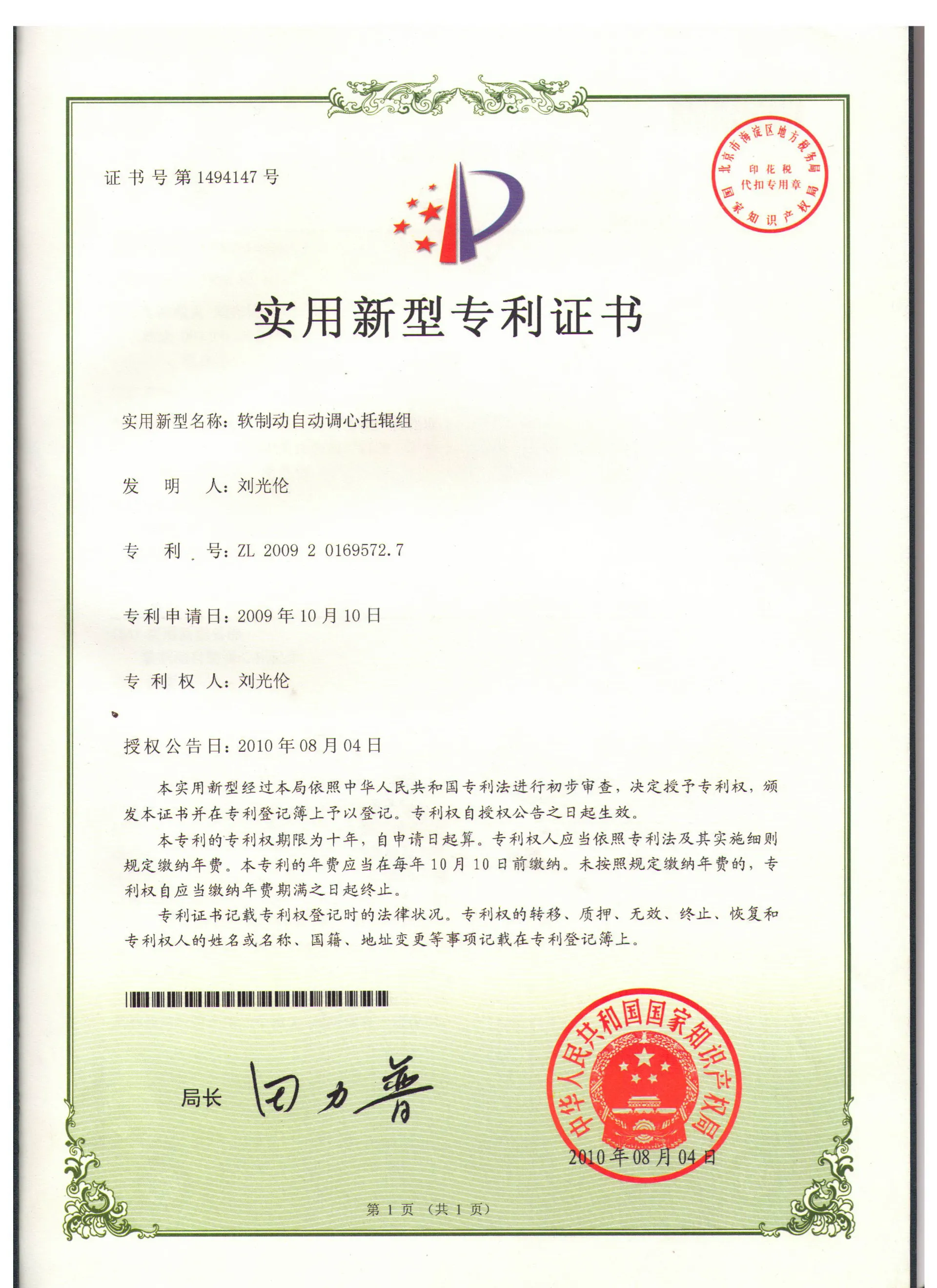Conveyor Guide Rollers for Efficient Material Handling Solutions
Understanding Conveyor Guide Rollers Essential Components for Efficient Material Handling
In today's fast-paced industrial and manufacturing environments, the efficient movement of materials is critical. Conveyor systems play a central role in this process, facilitating the transportation of goods from one point to another with minimal human intervention. A key component of these conveyor systems is the conveyor guide roller. Understanding the design, function, and applications of conveyor guide rollers can help optimize your material handling processes.
What are Conveyor Guide Rollers?
Conveyor guide rollers are cylindrical devices that assist in guiding and supporting the movement of conveyor belts. They are typically mounted on the sides or along the path of the conveyor system and play a crucial role in keeping the conveyor belt aligned and securely positioned. By minimizing friction and wear, guide rollers contribute to the longevity and efficiency of the entire conveyor system.
Design and Materials
The design of conveyor guide rollers can vary depending on their specific application, but they generally consist of a cylindrical drum that rotates freely around a central shaft. The drum is often made from durable materials such as steel, aluminum, or various polymers, which are chosen based on the load requirements, environmental conditions, and the nature of the materials being transported.
Key factors in the design of guide rollers include
1. Diameter and Width The dimensions of the roller are important for proper tracking and stability. Wider rollers provide more surface area for the conveyor belt, reducing the risk of misalignment.
2. Bearing Type The choice of bearings affects the roller's operational efficiency. High-quality bearings minimize friction and ensure smooth rotation, leading to reduced wear on both the roller and the conveyor belt.
3. Coatings and Treatments Some rollers are treated with specialized coatings to enhance their durability and resistance to abrasion, corrosion, and chemical exposure.
Functions of Conveyor Guide Rollers
The primary function of conveyor guide rollers is to maintain the alignment of the conveyor belt during operation. Here are some of the key roles they play
conveyor guide rollers

1. Belt Tracking Guide rollers help keep the conveyor belt in a straight path, preventing it from drifting off-track. This is essential for maintaining efficiency and preventing damage to the belt or the materials being transported.
3. Load Distribution Guide rollers can help distribute loads more evenly across the conveyor system, reducing stress on individual components and enhancing the overall lifespan of the equipment.
4. Noise Reduction Properly designed and maintained guide rollers can also minimize the noise generated by the conveyor system, creating a better working environment.
Applications of Conveyor Guide Rollers
Conveyor guide rollers are utilized across a wide range of industries, including manufacturing, warehousing, logistics, and food processing. Some common applications include
- Assembly Lines In manufacturing settings, guide rollers keep conveyor belts aligned, facilitating the smooth movement of parts and assemblies through various stages of production.
- Packaging and Distribution In logistics and warehousing, conveyor guide rollers help transport packaged goods efficiently, ensuring fast and accurate order fulfillment.
- Food Processing In the food industry, guide rollers are designed with hygiene in mind; they are often made from materials that can withstand cleaning processes while preventing contamination.
- Mining and Heavy Industries In these sectors, guide rollers must be particularly robust to handle the harsh environments and heavy loads encountered.
Conclusion
In summary, conveyor guide rollers are vital components in conveyor systems, essential for ensuring the smooth and efficient transportation of materials. By maintaining proper alignment, providing support, and reducing noise, they contribute significantly to the overall performance and longevity of conveyor systems across various industries. Investing in high-quality guide rollers and ensuring regular maintenance can yield substantial benefits in terms of operational efficiency and equipment lifespan, making them an integral part of modern material handling solutions.
-
Impact Roller for Belt Conveyor – Durable Solutions for IndustryNewsNov.24,2025
-
Rubber Conveyor Rollers – Quiet, Durable, Sealed BearingsNewsNov.24,2025
-
Industrial Conveyor Belt Rollers: Durable Solutions for Harsh EnvironmentsNewsNov.24,2025
-
Idler Rollers for Belt Conveyors | Durable, Low-Noise OEMNewsNov.24,2025
-
Durable Rubber Conveyor Belt Rollers for Industrial UseNewsNov.24,2025
-
Ceramic Lagging Conveyor Pulley – Anti-Slip, Wear-ResistantNewsNov.17,2025






























